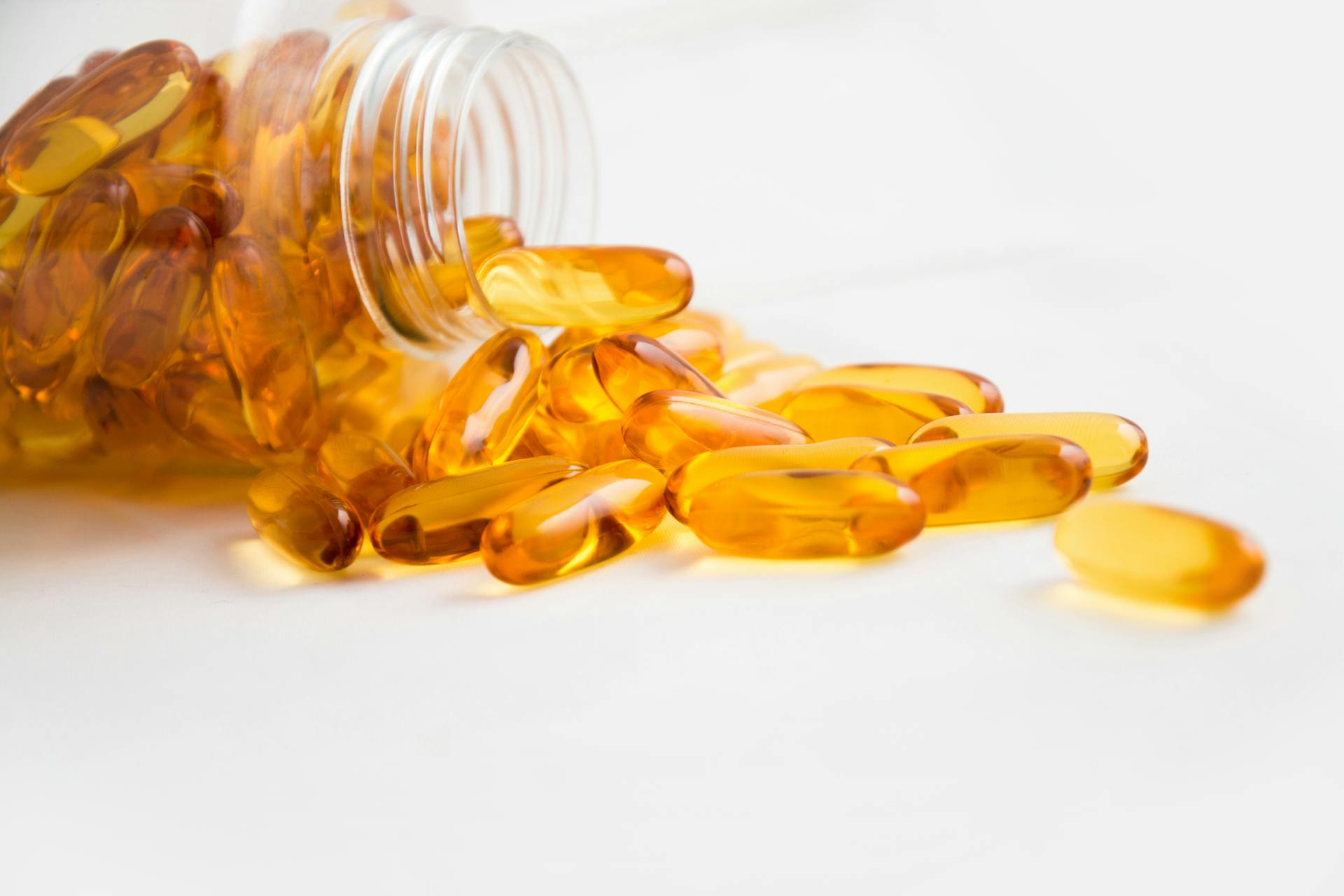As a nutritionist, I have worked with many clients looking to improve their overall health, and getting in the recommended minerals like potassium and magnesium is a common concern. Men are recommended to consume 3,400 milligrams of potassium and 400 milligrams of magnesium daily. How can you make sure you’re getting enough? There are supplements, of course, as well as electrolyte drinks, but it’s much easier to just eat foods high in potassium and magnesium.
This article will help you find foods containing potassium and magnesium, plus answer some of your other questions. Of course, it’s not an exhaustive list — there are many more foods with high potassium and magnesium contents — but this is a great place to start. Keep reading to learn more!
7 foods high in potassium and magnesium

- Avocados: One avocado contains about 576 mg of potassium and 32.8 mg of magnesium. This figure is for 100 grams of avocado, which happens to be exactly the weight of an average avocado without its peel and seeds. (The figures for these foods are taken from USDA FoodData Central, where available.)
- Quinoa: 100 grams of cooked quinoa contains 172 mg of potassium and 64 mg of magnesium. One cup of cooked quinoa is 185 grams, meaning it’s almost double these figures — 318 mg of potassium and 118 mg of magnesium.
- Swiss chard: Swiss chard, a leafy green vegetable related to beet greens, has 594 mg of potassium and 75 mg of magnesium per 100 grams.
- Spinach: 100 grams of baby spinach contains 582 mg of potassium and 93 mg of magnesium. More mature spinach has slightly less potassium, at 460 mg, but an identical 93 mg of magnesium.
- Pumpkin seeds: Pumpkin seeds are very high in both minerals, with 691 mg of potassium and a staggering 500 mg of magnesium — almost ten times any other magnesium content on this list. However, 100 grams of pumpkin seeds is approximately a cup, which is more than most people would eat in one sitting.
- Bananas: One banana, which is slightly more than 100 grams on average, contains 375 mg of potassium and 32 mg of magnesium. For a famously potassium-rich fruit, these numbers are slightly disappointing, but a banana is still an easy snack that will get you a boost of potassium quickly.
- Beans: White beans top this list, with 182 mg of magnesium and 1540 mg of potassium per 100 grams. As a reminder, a milligram is a thousandth of a gram, so 1500 mg is 1.5 grams — in other words, a white bean is an incredible 1.5% potassium. 100 grams of dry beans is about one and a half cups of cooked beans.
What are the benefits of potassium?

Balances fluid and sodium levels
Potassium and sodium are both electrolytes, minerals that carry signals in the body and help it regulate fluids. However, overconsumption of sodium is unhealthy, and most people are near or beyond the limit of healthy sodium intake.
Potassium replaces sodium and helps your body get rid of excess. Too much sodium also causes your body to retain water, so by offsetting sodium, potassium balances your body’s fluids.
Regulates blood pressure
This is primarily a side effect of the interaction between potassium and sodium. Sodium can increase blood pressure, so potassium, by balancing out sodium, also helps reduce blood pressure and bring it back to regular levels.
Required for muscle function
Potassium carries the nerve signals to tell your muscles to contract. When you’re low on potassium, you might notice achy or weak muscles. It also plays a key role in maintaining normal heart rhythm, making it essential for heart health.
What are the benefits of magnesium?

Helps build strong bones
Magnesium has long been known to contribute to bone health, and a recent review of studies has confirmed it again: “In all studies there was a benefit [from magnesium supplementation] both in terms of bone mineral density and fracture risk.”
Promotes muscle recovery
Magnesium supports muscle health and recovery in various ways, including relaxation, anti-inflammatory properties, and maintaining electrolyte balance. Have you ever found relief from sore muscles by soaking in Epsom salts? That worked because Epsom salt contains magnesium.
Improves mood
Magnesium can help alleviate mood issues, including anxiety and depression. Magnesium deficiency has been linked to serious mental illnesses like depression as well as stranger problems like misophonia, which involves being unusually irritated by annoying noises.
Enhances sleep quality
Most of the benefits of magnesium relate to relaxation, as it helps to relax your muscles for improved recovery and your nervous system for better mental health. This relaxation also enables you to fall asleep and have deeper, higher-quality sleep when you do.
Do you need to take potassium and magnesium supplements?

Most people don’t need to take potassium and magnesium, but some people find it helpful. For example, both magnesium and potassium are common in leafy greens, so if you rarely eat leafy greens, you’ll probably have a lower intake of both nutrients than people who eat salads all the time.
How do you know if you are deficient in a mineral?

Symptoms of mineral deficiency include fatigue, headaches, muscle weakness, mental fog, and restless leg syndrome. The symptoms vary depending on the mineral. Potassium deficiency comes with muscle weakness, high blood pressure, and some bloating due to water retention. Magnesium deficiency comes with irritability and mood dysregulation, increased bone fragility, and increased muscle soreness.
Learning what each mineral does will help you correctly diagnose a deficiency. If you aren’t sure, your doctor may be able to run a test to find out whether you’re deficient in anything.
Frequently asked questions

What depletes magnesium and potassium?
Just like potassium balances sodium, sodium also balances potassium, so salt intake can decrease potassium levels in the body. Some diuretics and laxatives can leach your potassium stores, too. Alcohol intake can reduce levels of magnesium. Potassium and magnesium will also leave the body naturally over time.
What hurts when your potassium is low?
Your muscles can feel sore or weak when your potassium is low, and your blood pressure may increase. Low potassium can also lead to muscle cramps.
What drink is high in potassium?
Many sports and electrolyte drinks are high in potassium, magnesium, and other electrolytes. Orange juice and other fruit juices can be high in potassium, and a smoothie made with bananas or spinach will be as well.




